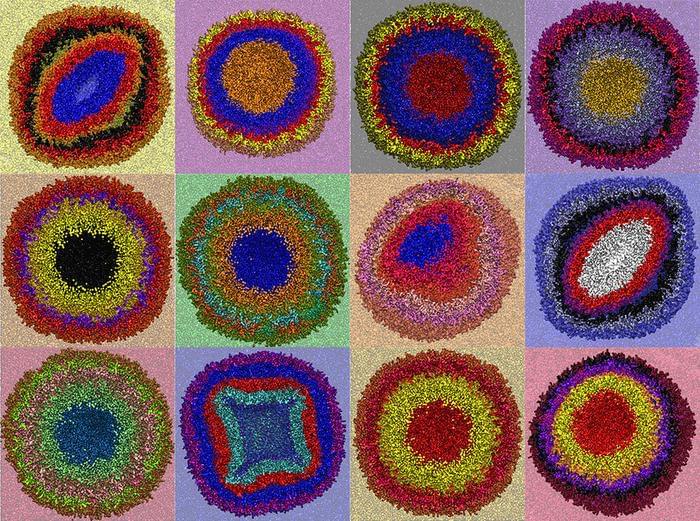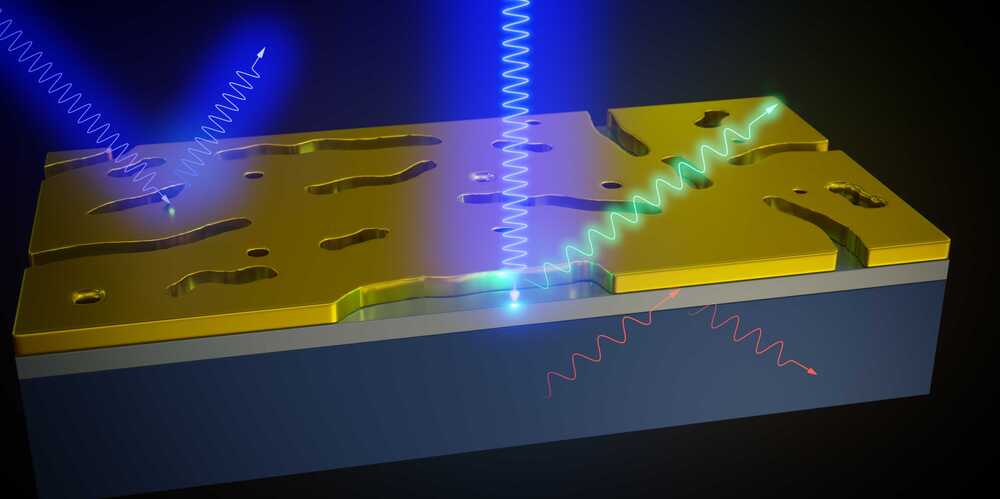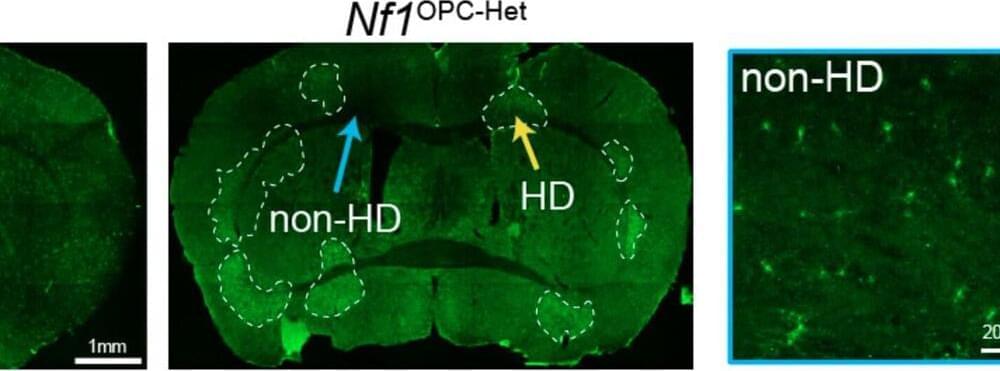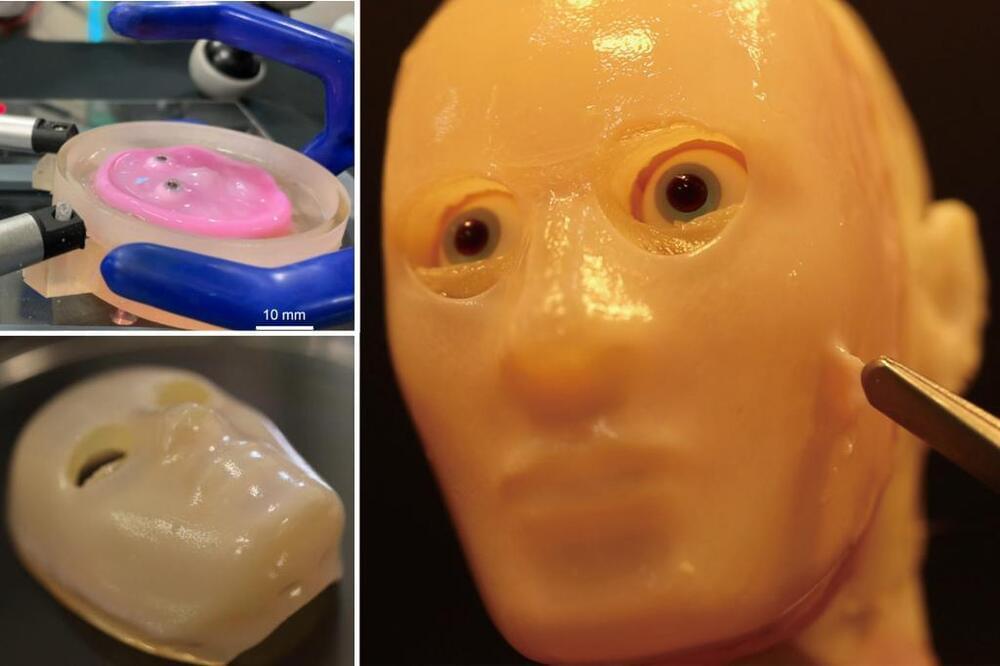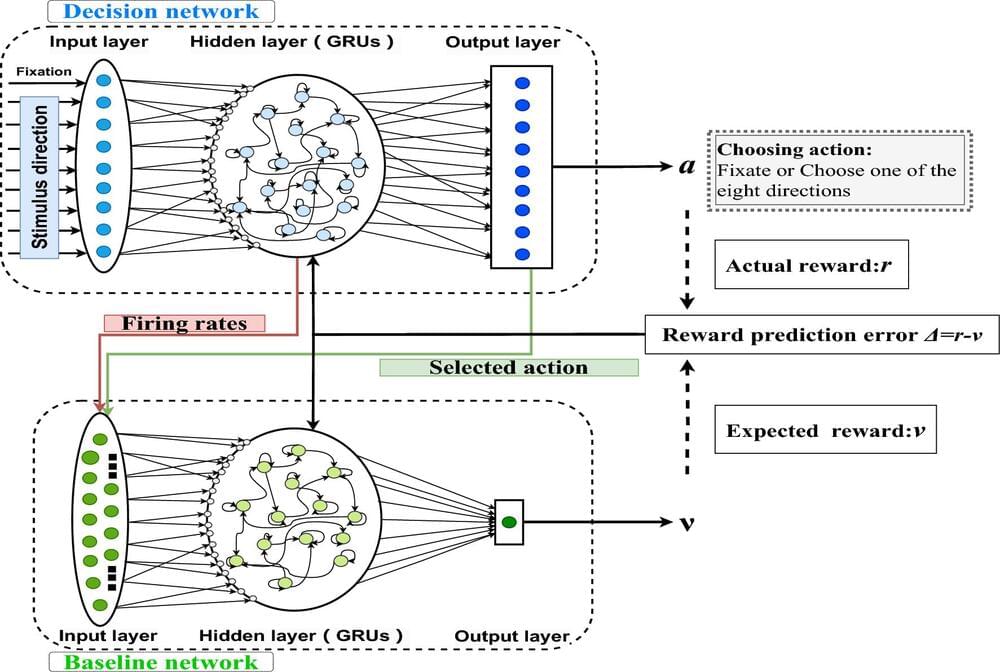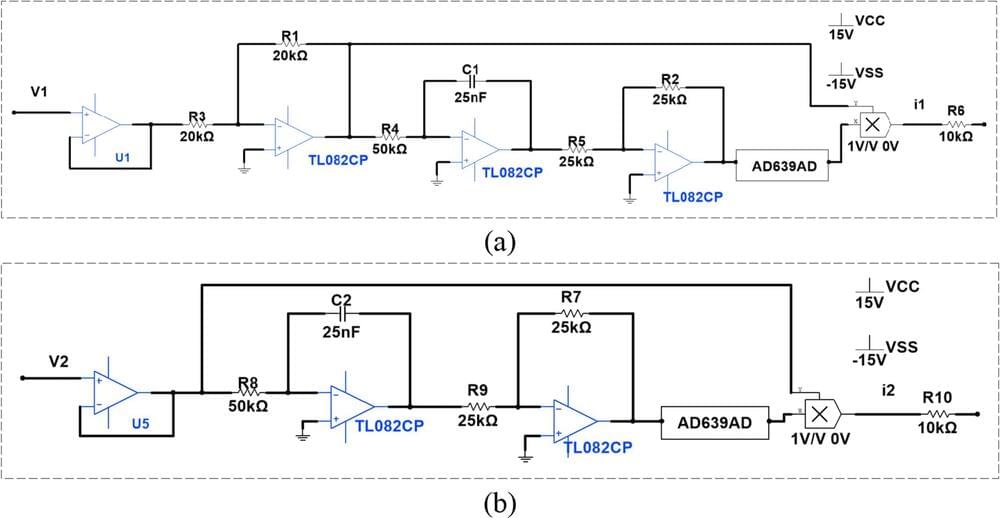Jun 26, 2024
Scientists Implant Radioactive Material Into Horn of Living Rhinoceros to Poison Anyone Who Consumes It
Posted by Kelvin Dafiaghor in categories: materials, terrorism
In an effort to make them useless to poachers, researchers are implanting radioactive isotopes into the horns of rhinos in South Africa.
The unusual material would “render the horn useless… essentially poisonous for human consumption,” James Larkin, professor and dean of science at the University of the Witwatersrand in Johannesburg, told Agence France-Presse.
The isotopes would also be “strong enough to set off detectors that are installed globally,” Larkin added, referring to hardware that was originally installed to “prevent nuclear terrorism.”

